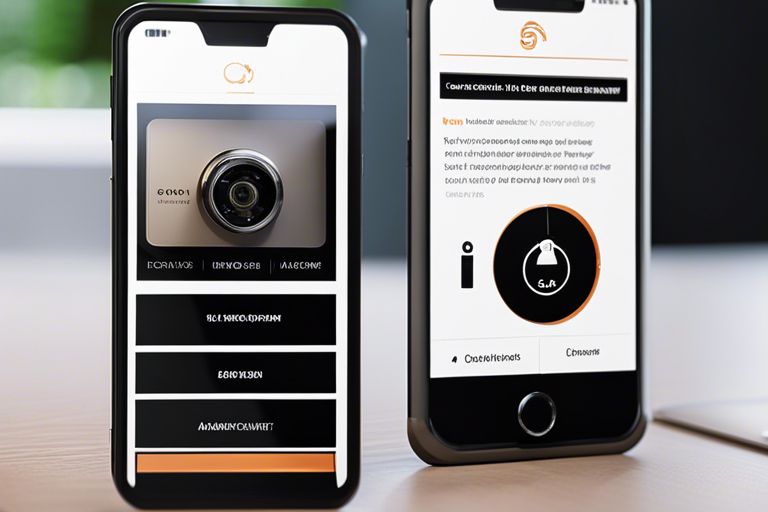The rapid growth of cloud computing has revolutionized the way businesses operate. With the ability to store, access, and process data remotely, the cloud offers unparalleled convenience and scalability. However, as more organizations embrace the cloud, the need for robust security measures becomes increasingly critical.
In recent years, cloud security has evolved significantly to keep up with the ever-changing threat landscape. As we look to the future, several trends and technologies are poised to shape the future of cloud security.
1. Zero Trust Architecture
Traditional security models rely on perimeter defenses, assuming that everything inside the network is secure. However, with the rise of cloud computing and remote work, this approach is no longer sufficient. Zero Trust Architecture (ZTA) takes a more proactive approach by assuming that no user or device can be trusted by default, regardless of their location.
ZTA implements strict access controls, multi-factor authentication, and continuous monitoring to ensure that only authorized users and devices can access resources. This approach provides enhanced security for cloud environments, reducing the risk of data breaches and unauthorized access.
2. Artificial Intelligence and Machine Learning
The sheer volume of data generated by cloud services makes it challenging for human analysts to detect and respond to security threats effectively. Artificial Intelligence (AI) and Machine Learning (ML) technologies have emerged as powerful tools to augment human capabilities in cloud security.
AI and ML algorithms can analyze vast amounts of data in real-time, identifying patterns and anomalies that may indicate a security breach. These technologies can also automate threat response, enabling faster and more accurate incident detection and mitigation.
3. Container Security
Containers have become a popular choice for deploying cloud applications due to their lightweight nature and scalability. However, securing containerized environments presents unique challenges.
Container security solutions, such as container image scanning and runtime protection, are becoming increasingly important to ensure the integrity and security of cloud applications. These tools enable organizations to identify vulnerabilities and malware in container images and monitor container behavior for suspicious activities.
4. Cloud Access Security Brokers
Cloud Access Security Brokers (CASBs) act as intermediaries between cloud service providers and organizations, providing an additional layer of security and control. CASBs offer features such as data loss prevention, encryption, and access control, helping organizations enforce security policies and protect sensitive data in the cloud.
As the adoption of cloud services continues to grow, CASBs will play a crucial role in ensuring the security and compliance of cloud environments.
5. Quantum Computing Threats and Solutions
Quantum computing has the potential to break traditional encryption algorithms, posing a significant threat to cloud security. As quantum computing advances, organizations must prepare for the post-quantum era.
Post-quantum cryptography, which involves using encryption algorithms resistant to quantum attacks, is being developed to address this challenge. Organizations need to stay informed about the latest advancements in post-quantum cryptography and plan for its implementation to protect sensitive data in the cloud.
As the cloud continues to evolve, so too will the security measures designed to protect it. By embracing these emerging trends and technologies, organizations can ensure the security and integrity of their cloud environments in the future.






